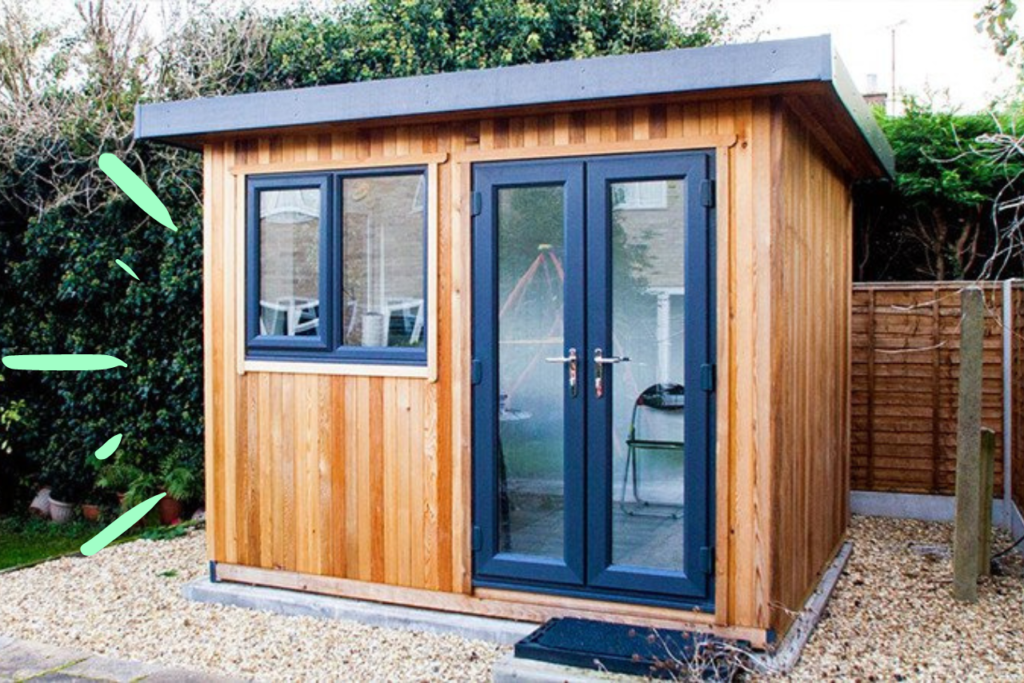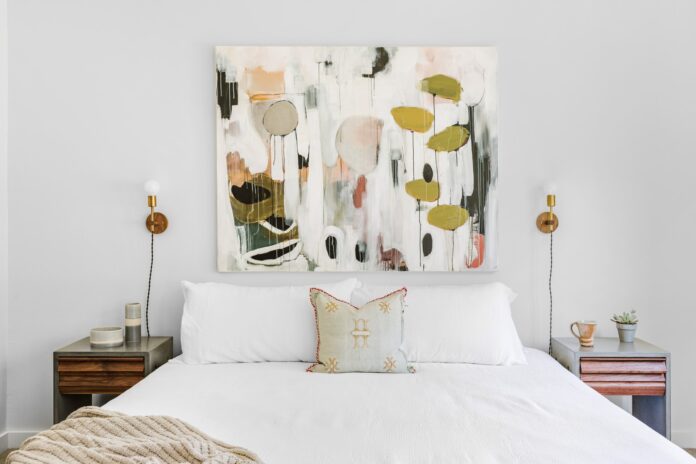Not to be confused with sheds or conservatories, garden rooms have soared in popularity due to the architectural and aesthetic edge they give to outdoor gardens and open areas. As stand-alone outside buildings, garden rooms can serve multiple functions, from introducing a home office with extra privacy all the way to adding a dedicated gym to a property.
Given the events of the last two years, this repurposing of domestic spaces is hardly surprising. Representing a cost-effective alternative to traditional home extensions – average price predictions start at £3’400 – garden rooms have provided homeowners across the UK with some respite from sometimes claustrophobic domestic spaces during the pandemic. With working from home set to continue, interest in garden rooms remains high.
If you’re considering adding one to your property, then here are 6 practical considerations when building your garden room.
Added Value & Saleability
Firstly, as you’re drawing up your budget for your garden room, it’s important to consider the added value and saleability of such a project, so you can factor it into your plans.
As Property Price Advice reports, ‘’A garden room will allow you to expand the space in your home without intrusive and sometimes complicated extensions, while simultaneously adding value.”
Predictions vary on just how much value a garden room might add, as they differ hugely in size, function and materials used, but generally, expect to see between 5% and 15% added.

Consider Planning Permission
Depending on the form and scale of the construction, you may need multiple levels of planning clearance. However, different rules may apply to building garden rooms in the UK, based on your region of residence.
In short, garden rooms must be constructed 2.0m away from the property’s boundary with a maximum overall height of 2.5m from the existing ground level. A single-storey garden building can have a maximum eave height of 2.5m, with a maximum overall height of 4.0m for a dual-pitched roof and 3.0m for a pent-roofed building. Planning permission will be needed if the overall height exceeds these roof heights.
It’s likely you won’t have permitted development rights if your home is a listed building, or it’s in a designated area, such as in a national park or Area Of Outstanding Beauty. Always check with your local council if you’re not sure whether or not you need planning permission.
Power Source
Depending on how you plan to use your garden room, you’ll probably need to provide it with a power source. The type of power source you use should comply with building regulations. As the experts at West Yorkshire Electrical sagely advise, you’re going to need an SWA cable installed, running from your property to the space, in order to provide your garden room with that essential WiFi connection and charging sockets. It’s best to defer to a professional electrician on this one.
You’ll first need to ensure that your garden room is waterproof, or a professional electrician won’t be able to complete the job. Look for an electrician who is a member of a recognised body such as NICEIC, to ensure their work is up to scratch.
Read: Things to consider when building your home from scratch

Plumbing
Your garden room may also need a plumbing system, should you be intending for the space to have multifunctional and diverse features, such as an integrated shower or a kitchenette. You’ll need two pipes for your garden room; one for bringing fresh water into the room and one for removing the waste water created. Be aware that any pipework has to be buried at 750mm underground, under floorboards or via a small trend that’s dug into your garden.
You may also need to invest in a pump station for waste water removal. Again, you’ll need to avail yourself of a registered professional for this one; it’s not something you should attempt to DIY.
Natural Light & Glazing
When designing your garden room, careful consideration of natural light is paramount. The positioning and size of windows and glazed doors not only impacts the room’s functionality but also affects its energy efficiency throughout the year. South-facing glazing can create a lovely bright space but may lead to overheating in summer months without proper planning.
Double or triple glazing is worth the investment, as it helps maintain a consistent temperature whilst reducing energy costs, somewhat winter-proofing your garden room in the process. Consider incorporating roof lights or lantern windows to maximise daylight without sacrificing wall space. However, do be mindful of neighbouring properties when plotting window placement, as overlooking concerns could affect planning permission.
Many homeowners opt for bi-fold or sliding doors, which create a seamless connection between the garden room and the outdoor space whilst flooding the interior with natural light. These can be particularly effective when paired with extended roof overhangs or external blinds to manage solar gain during warmer seasons.
Heating Source & Insulation
If your space is on the smaller side, an electric radiator – portable and wall mounted – will likely do the job of heating your garden room. Insulating the walls, ceiling and floor will go further in keeping the heat in, and will also prevent damp from building up in the room.
Also popular are convection heaters, which work incredibly quickly, meaning there’s no need to preheat your garden room. For both electric radiators and convection heaters, you can fit a timer and thermostat, helping you control the temperature precisely and economically.
For larger garden rooms with a bigger budget to play with, underfloor heating is a luxurious option. Of course, you’ll need the appropriate plumbing work completed for this to be a viable option.
Finally, if sustainability is your priority, then generating solar heat is another smart choice. This generally works by having solar panels installed on the roof of your garden room. Though the initial installation does tend to be costly, the running and maintenance costs of solar panels is relatively low.
The Bottom Line
From a market point of view, as a separate functional unit, building a garden room can raise the value of your property while also providing a secluded space for privacy and comfort. And domestically, what could be better than that?





